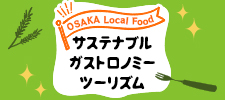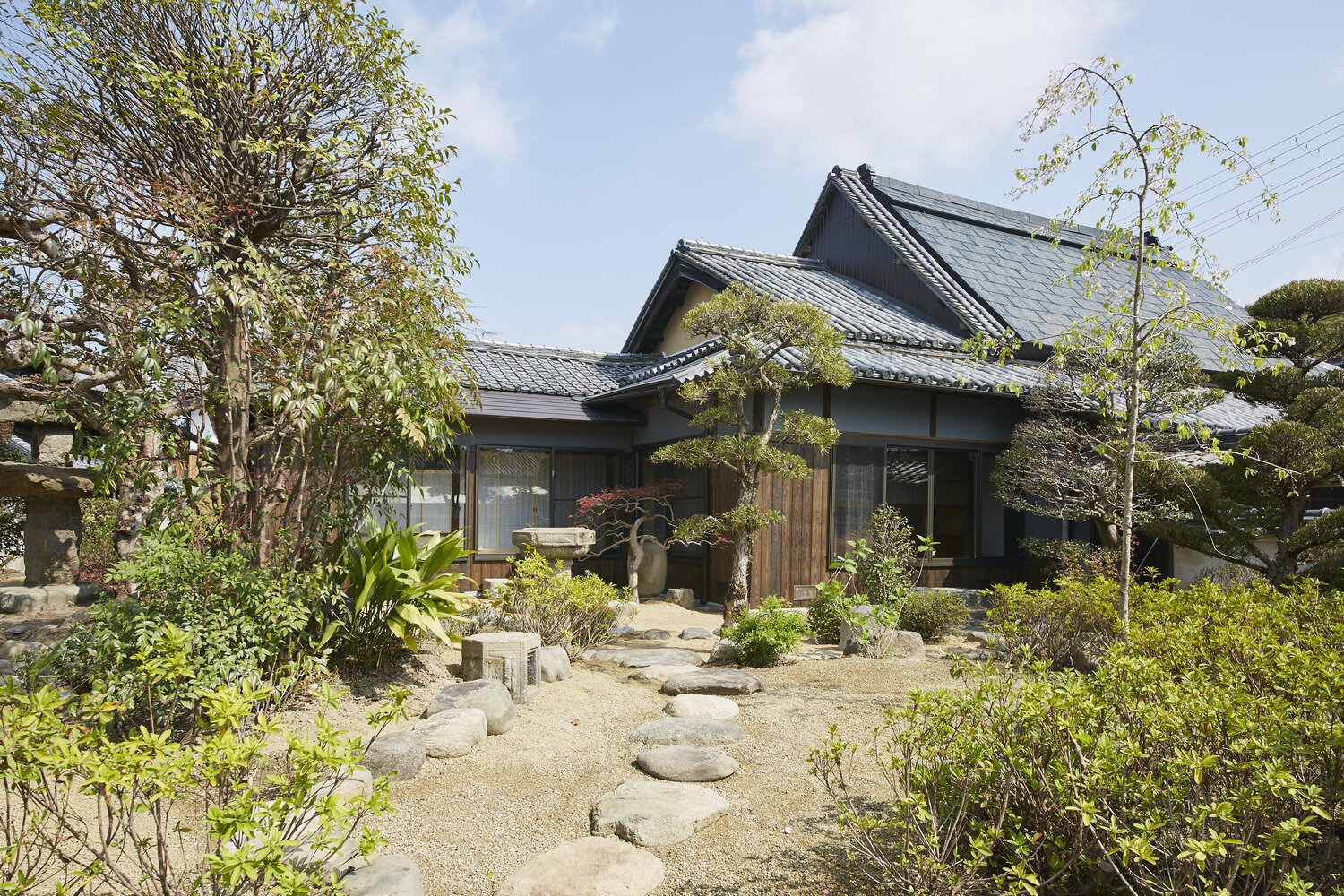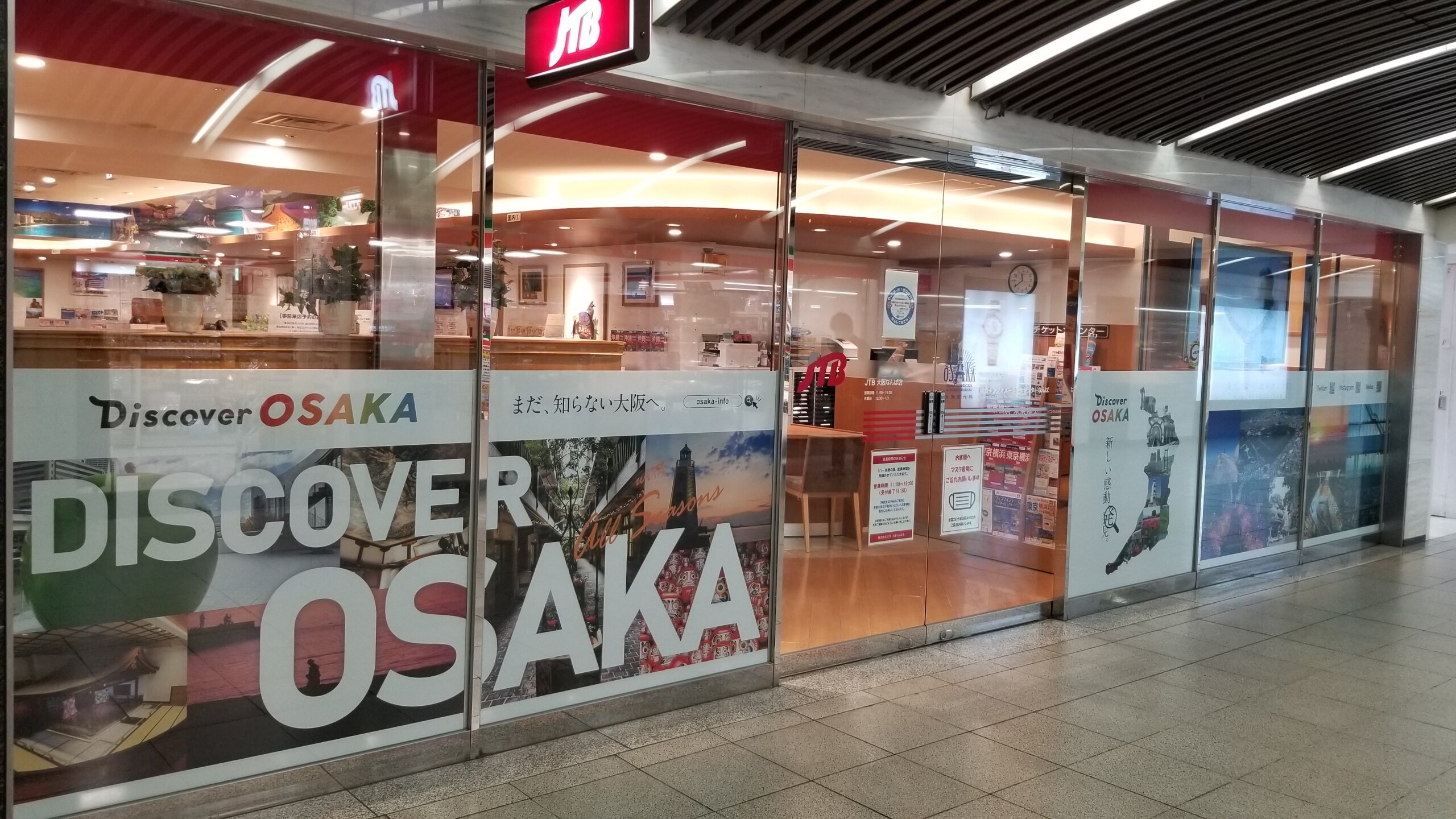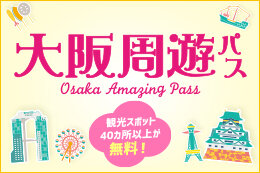
Walk, laugh and have twice the fun! Walk around town with Naniwa Rakugo
The many rakugo theater huts that once existed in Dotonbori and Tenma have disappeared over time. However, the light of Kamigata Rakugo has not gone out! At temples, shrines, and small halls in Osaka city, rakugo performers hone their storytelling skills and expand their circle of fans. At the base of Osaka Tenmangu Shrine is the regular rakugo theater ``Tenma Tenjin Hansho-tei''. Let your imagination run wild as you tour the famous places in Osaka that appear in Kamigata Rakugo, and enjoy live storytelling at an up-close venue. Laughing is good stimulation for your brain. This is the way to enjoy being a ``connoisseur.''
*The photo is Tenma Tenjin Hansho-tei
-
START
JR Temma Station
-
1minute on footTenma Market and “Senryo Mikan”

First, we head to Tenma, an essential place for talking about Kamigata Rakugo. Right next to the north gate of Osaka Tenmangu Shrine is the Tenma Tenjin Hanjotei, a regular venue for Rakugo. The light of comedy is finally being revived in the heart of Tenjin Shrine. Let's take a look at the Rakugo scenes in the Tenma area. In the Edo period, Osaka (before the Meiji period, it was called Ozaka), known as the kitchen of the world, had three major markets that were bustling: the rice market in Dojima, the fish market in Zakoba, and the vegetable market in Tenma. The Rakugo story "Senryo Mikan" features the red food market in Tenma, directly south of Tenjin Shrine in Tenma. "Red food" refers to fruit, as opposed to "green food" for vegetables. Apparently, fruit shops were also called "red goods stores" before the war. The Tenma Market behind JR Tenma Station has been rebuilt and is now part of a high-rise building, but it is still bustling with local shoppers.
"Senryo Mikan" It's a hot summer. The young master of a large store falls ill. When asked why, he says, "I want to eat plump, shiny, soft... mikan!" The exasperated storekeeper runs around saying, "I'll go look for some!" but, being the hot season, there are none to be found anywhere. As a last resort, he goes to the Tenma Red Market to find a mikan wholesaler, where he says, "I found one!" But the storekeeper says, "One is worth 1,000 ryo." What will the storekeeper do?5minutes on foot -
Osaka Museum of Living Past and Present (House Museum)

Tenjinbashisuji Shopping Street is a 2km long shopping street that is just a short walk from Osaka Tenmangu Shrine and Tenma Market. As you walk to the Tenjinbashisuji 6-chome intersection while admiring the rows of shops, you will find a building that houses the Osaka Living Museum. Inside the museum, unique exhibits introduce modern Osaka from the Edo period to the Meiji, Taisho, and Showa periods. In particular, the floor that recreates the town of Osaka in the 1830s in a space of approximately 1,100 square meters is like the set of a historical drama! There are kimono shops, haberdashery shops, Chinese goods shops, and back row houses as you pass through narrow alleys, and you'll likely see famous rakugo performers such as ``Donike no Jinbei-han'', ``Chouchi no Sadakichi'', and ``Nagaya no Seiyan''. ...... ``Machiya Yose'' by young rakugo performers is also held in the drugstore's tatami room (irregularly).
The Osaka Museum of Housing and Livingsee spotGeneral: ¥600, High school/university student: ¥300 *Free for junior high school students and younger, persons with disabilities, and those 65 years of age or older residing in the city (certification required) *Additional fee applies during special exhibition periods.
3 minutes walk from JR Osaka Station and Osaka Metro Tanimachi Line Tanimachi Kyuchome Station -
Takatsu Shrine (Kozu Shrine) and “Takatsu no Wealth”

Take the Osaka Metro Tanimachi Line from the Tenma area and get off at Tanimachi Kyuchome Station. After a 5-minute walk, you will arrive at Takatsumiya Shrine, which is associated with Naniwa Takatsumiya Shrine, founded by Emperor Nintoku. Today, it is a quiet place of relaxation for the locals, but long ago, a lottery was held in the precincts, and it was a very lively gathering place for common people praying for a little happiness. There is also a story about Takatsumiya Shrine...
"The Wealth of Takatsu"
The story is set in an inn in Okawa-cho, Osaka. There was a man who always boasted that he was very rich, but in fact he only had one percent of the total fortune. The man, at the request of the innkeeper, used his last minute to buy a Takatsu lottery ticket. Since there was no way he would win, he promised the innkeeper, "If I win, I'll give you half of it," and went to Takatsu Shrine the next day. When he looked at the winning ticket number posted, which read "Children's number 1,365, Children's number 1,365...", he found out, "Wow! A jackpot of 1,000 ryo!" Now, this is where it gets tough...
Kozugu Shrine appears in the classic rakugo story "Takatsu no Tomi," as well as "Takakura Fox" and "Sutokuin." In an effort to become a lively cultural center where people gather like in the old days, the "Takatsumiyatei Kuromon Yose" is held every month within the shrine grounds. Other regular rakugo events include "Mogitatei," a newly selected rakugo performance by a group of professional new rakugo creators, "Kotohogi Yose" and "Rakugo Group Ichigo-kai," both of which are run by groups of working rakugo performers, and are very popular among rakugo fans. A monument to master Katsura Bunshi, who passed away in 2005, has also been erected within the grounds.3 minutes walk from Tanimachi Kyuchome Station on the Osaka Metro Tanimachi Line -
Ikunitama Shrine

Ikutama Shrine, commonly known as ``Ikutama-san,'' is located a few minutes' walk from Takatsu-miya Shrine.When Emperor Jimmu landed in Osaka from Kyushu, the shrine was founded by Ikushima-kami, the local deity, and Tarujima-kami. It began with the enshrinement of Shimanokami. In the precincts there is a monument to Hikohachi Yonezawa, the founder of Kamigata Rakugo, who is said to have performed in this area. Every September, Kamigata Rakugo performers gather together to hold the Hikohachi Festival. It's a fan appreciation day with a luxurious atmosphere, with familiar rakugo performers setting up food stalls, singing, and dancing.
see spot4 minutes walk from Shitennoji -Yuhigaoka Station on the Osaka Metro Tanimachi Line -
Isshinji Temple and “Tenjinyama”

From Takatsumiya, take the Osaka Metro Tanimachi Line again, get off at Shitennoji Yuhigaoka-mae and walk for 7 minutes. Isshinji Temple was founded in 1185 and features an artistic and innovative design of the building and the A-Un statues. It has a long history as it was the headquarters of Tokugawa Ieyasu during the Winter and Summer Sieges of Osaka. It is also known for its Amida Buddha and bone Buddha statues made from the remains of deceased, and is visited by many people. By the way, a skull also appears in the rakugo story "Tenjinyama."
"Tenjinyama" A strange man named Gensuke comes to Isshinji Temple on Tenjinyama, saying, "If the world drinks at the sight of flowers, I will drink at the sight of graves." He drinks in front of a young girl's grave, picks up a skull nearby, and returns home that night. A beautiful girl comes to Gensuke's house and asks him to marry her. His neighbor, Hohei, hears the story and heads off to Isshinji, saying he too wants a wife...Osaka Metro Sennichimae Line 12 minutes Nihonbashi Station -
Nipponbashi and “Revenge of the Inn”

It's almost time to wrap up the day. I transferred from the Osaka Metro Tanimachi Line to the Sennichimae Line at Isshinji and arrived at Nihonbashi. Nowadays, it is close to the Electric Town, Kuromon Market, and the National Bunraku Theater, and there are many different types of people passing by, but in the Edo period, it was the starting point of a journey. There are rows of inns on both sides, and strangers would rub shoulders with each other. There seems to be a story like this.
"Revenge at the Inn"
A samurai staying at an inn in Nihonbashi, Osaka, requested a quiet room, but a group of three men from Hyogo who arrived later brought along a geisha and caused a commotion. They talked about sumo and sex, and in the end, Genbei, one of the three, boasted about someone else's story as if it were his own, saying, "Eight years ago in Takatsuki, I had an affair with the wife of a samurai named Koyanagi Hikokuro, killed her and her brother-in-law, and stole her money." The samurai in the next room who heard this said, "That Koyanagi Hikokuro is me. I'm going to behead all three of you at Nihonbashi tomorrow!" "Eek!"... - GOAL!
Additional Information
- drop-in spot
- Be sure to stop by the Tenma Lullaby Monument in Minami Tenma Park.
- Taste spot
- We recommend Biwatomo, a greengrocer's restaurant that uses traditional Naniwa vegetables.
At Ikunitama Shrine, the Ikutama Summer Festival (children's mikoshi, lion dance, pillow drums, togyo festival, etc.) will be held on July 11th and 12th, and the Osaka Takigi Noh Festival will be held on August 11th and 12th.













